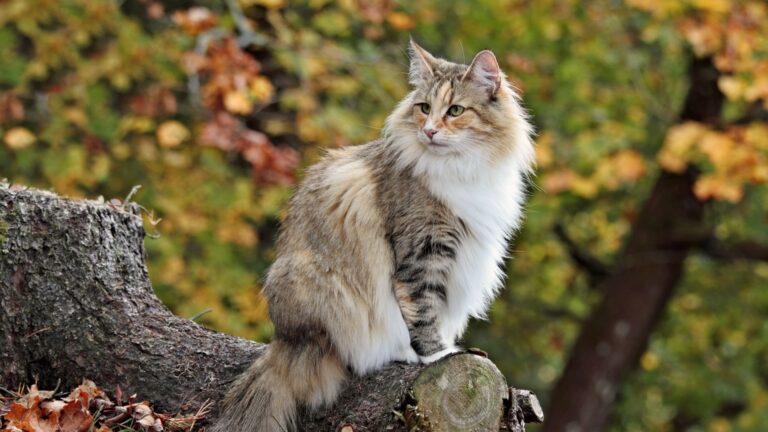15 Reasons Owls Are The Most Incredible Birds Of Prey
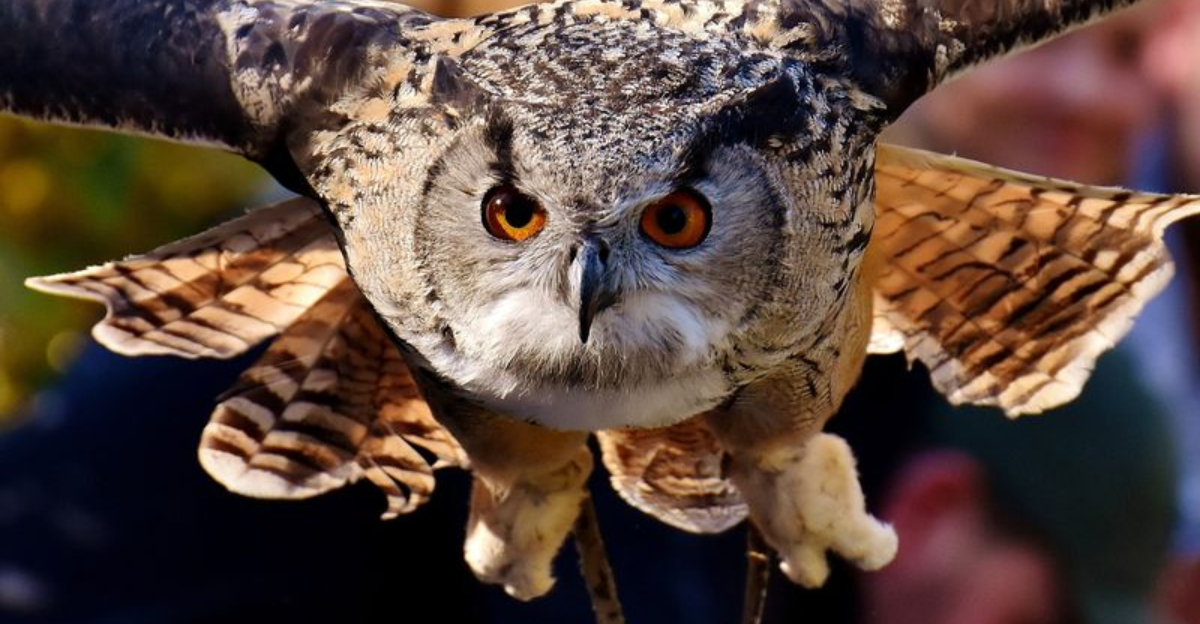
Who would’ve thought that these night-time ninjas, with their silent wings and enchanting eyes, could stir such fascination? Owls are not just another bird of prey; they are a marvel of nature’s ingenuity.
1. Silent Flight
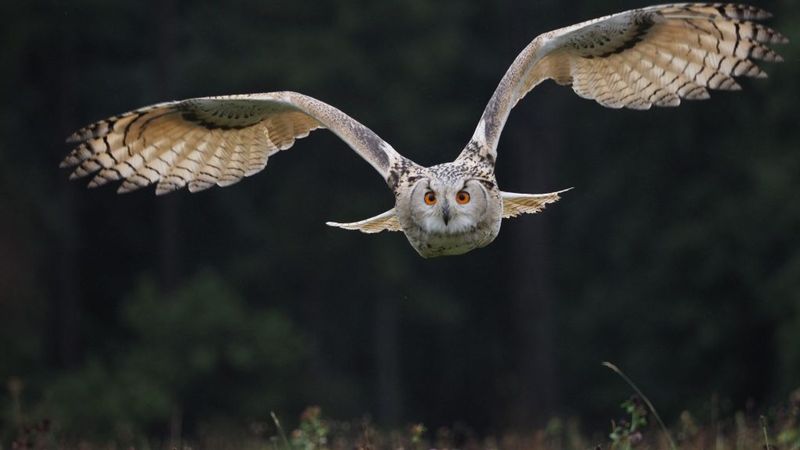
Imagine a stealth bomber, but with feathers. Owls have mastered the art of silent flight, thanks to their uniquely fringed wing feathers that muffle the sound of air rushing over their wings.
This eerie silence is how they sneak up on prey without a whisper of warning. Isn’t it impressive how nature has fine-tuned these birds into the ultimate nocturnal hunters?
They glide through the night, unseen and unheard, a true testament to their evolutionary genius.
2. Rotating Heads
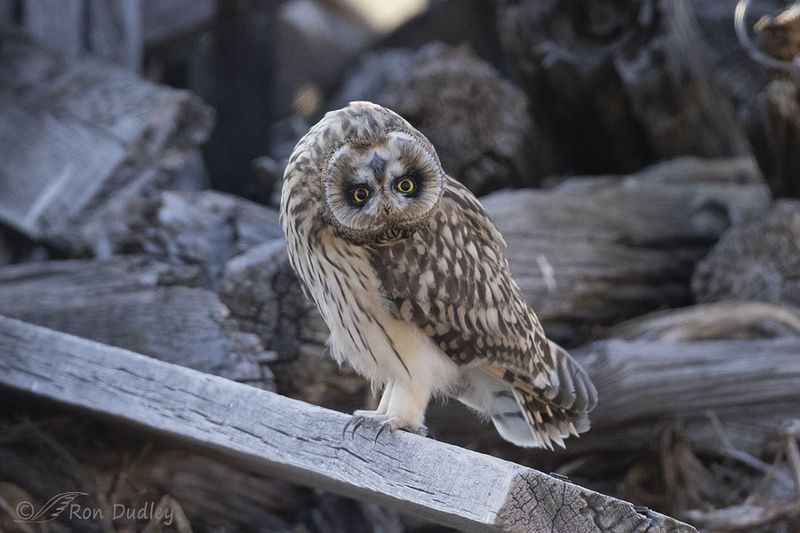
While it might look like a scene from a horror movie, an owl’s ability to rotate its head 270 degrees is all about survival.
Unlike humans, owls can’t move their eyes, so they rely on this remarkable neck flexibility to scan their surroundings.
How handy would it be to look behind you without moving your body? This adaptation helps them spot potential prey or threats, making their head-spinning skill a crucial tool in their survival kit.
3. Exceptional Hearing
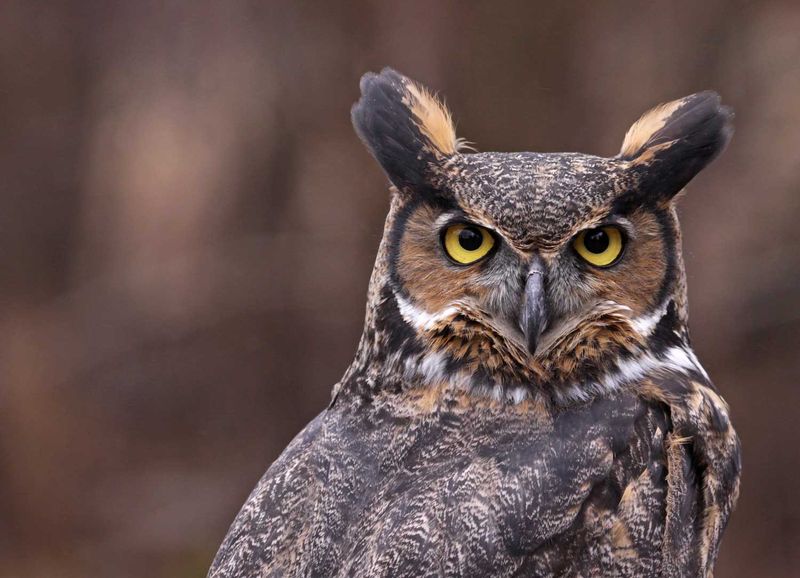
Owls have extraordinary hearing, which allows them to detect the faintest rustle of a mouse in the underbrush.
Their facial discs work like satellite dishes, channeling sound to their ears for pinpoint accuracy. This finely-tuned auditory system turns them into night-time detectives, able to hunt even in complete darkness.
Imagine being able to hear a whisper from across a football field; that’s the kind of auditory prowess owls possess.
4. Mesmerizing Eyes
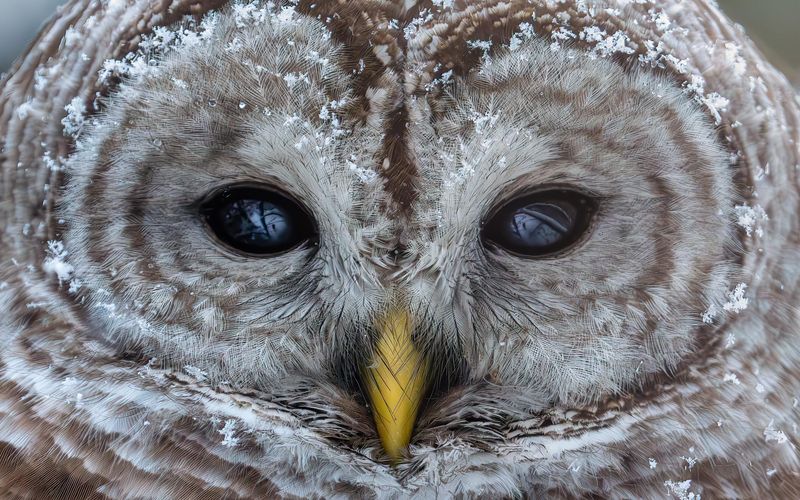
An owl’s eyes are like windows to the soul, mesmerizing and intense. These large, forward-facing eyes give them binocular vision, crucial for depth perception while hunting.
Unlike other birds, their eyes are fixed in their sockets, adding to their enigmatic stare. It’s as if they can see straight through the night and even into your secrets.
Who wouldn’t be captivated by such penetrating gaze, radiating both wisdom and mystery?
5. Variety Of Species
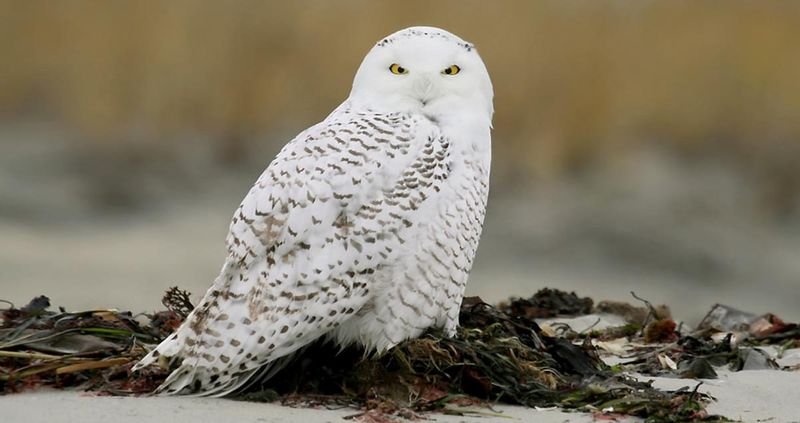
Owls come in all shapes and sizes, with over 200 species dotted across the globe. From the ghostly Barn Owl to the regal Snowy Owl, each has its own charm and adaptations.
This diversity makes them a wonder to explore, with each species offering a unique perspective on how they thrive in different environments.
It’s like having a whole world of owls waiting to be discovered, each a masterpiece of nature’s creativity.
6. Nocturnal Ninjas
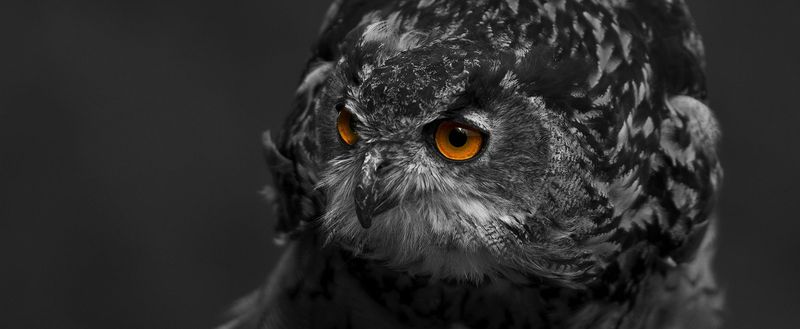
Owls own the night like no other bird. Their nocturnal lifestyle allows them to avoid many predators and hunt with less competition.
With their keen senses and silent flight, they navigate the night like ninjas, leaving no trace of their presence.
This nocturnal prowess makes them one of the most effective hunters in the animal kingdom. Ever wondered what it’s like to own the night? Just ask an owl.
7. Unique Vocalizations
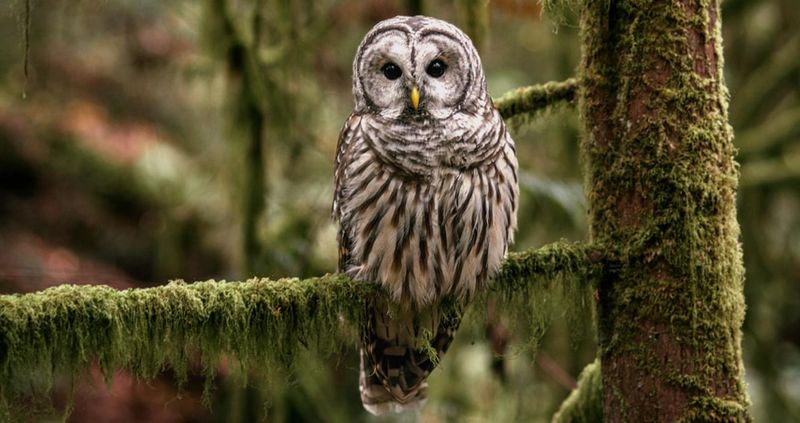
Owls aren’t just hoot and holler; they have a whole symphony of sounds. From gentle coos to eerie screeches, each species has its own vocal repertoire.
These calls serve as communication tools, whether it’s marking territory or wooing a mate. It’s like having a personalized soundtrack to the night, with each note painting a picture of the owl’s world.
Who knew these birds had such a musical side?
8. Camouflage Experts
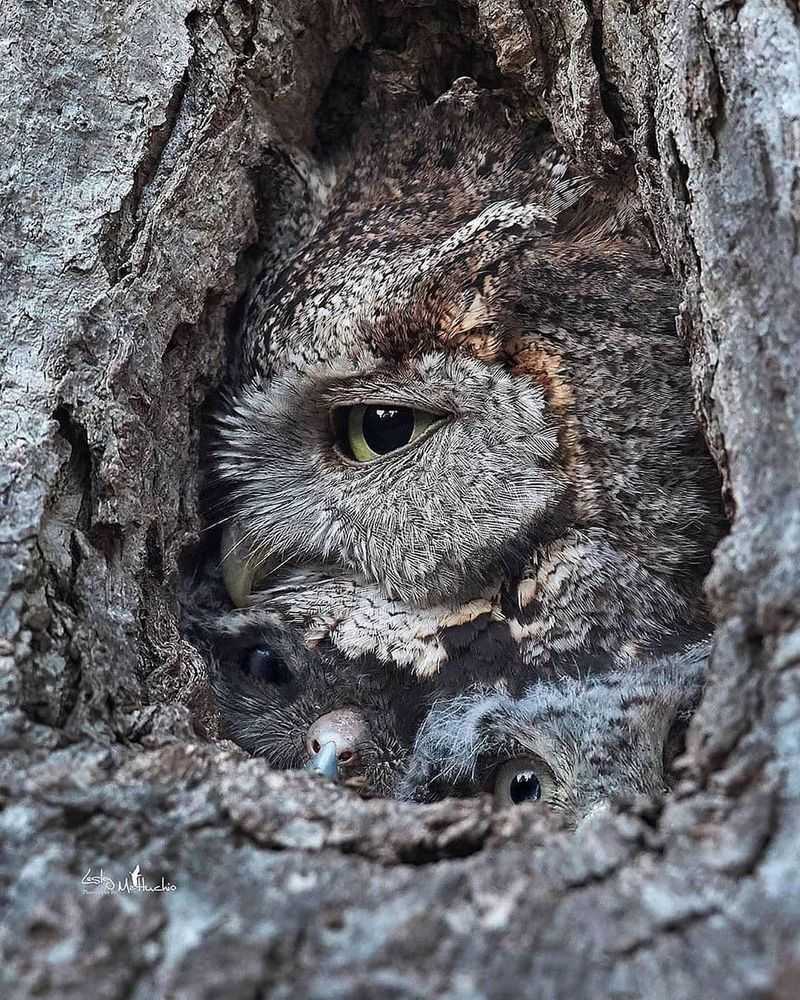
Owls are masters of disguise, seamlessly blending into their surroundings with their speckled and streaked plumage. This camouflage is essential for avoiding predators and sneaking up on unsuspecting prey.
It’s like they have their own cloaking device, making them invisible to the untrained eye. Next time you take a walk in the woods, look closely; you might just spot an owl hiding in plain sight.
9. Impressive Longevity
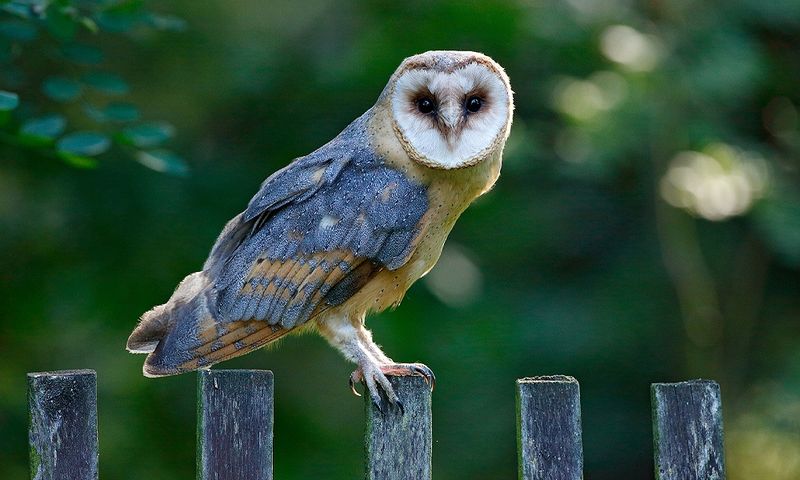
Owls are built for the long haul, with some species living up to 25 years or more in the wild. Their longevity is a testament to their adaptability and survival skills.
Imagine the stories they could tell, having witnessed countless seasons and changes in the landscape.
Longevity in the wild is no small feat, and owls seem to do it with grace and wisdom, earning their place as elder statesmen of the avian world.
10. Cultural Significance

Owls have flown through the pages of history, symbolizing wisdom, mystery, and even death in various cultures.
From Greek mythology to modern literature, these birds have inspired countless stories and superstitions. They are the night-time guardians in many folklore tales, revered and feared in equal measure.
It’s fascinating how these birds have become intertwined with human culture, their image evolving over centuries while retaining an air of mystique.
11. Efficient Predators
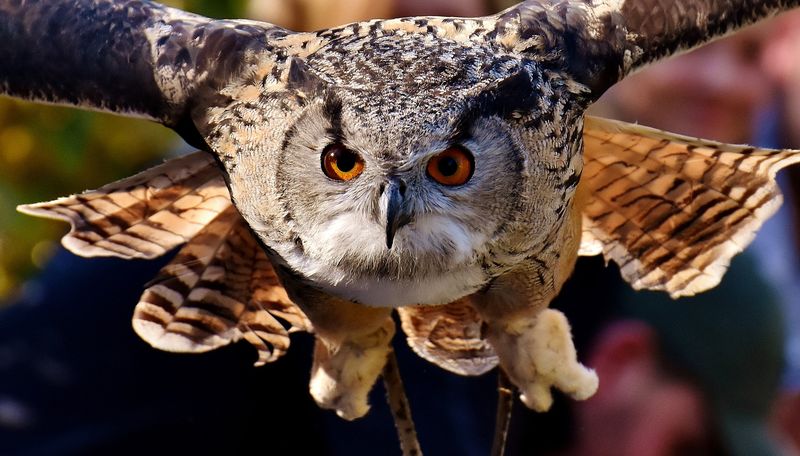
Owls are nature’s precision hunters, equipped with sharp talons and a keen sense of timing. Their ability to swoop down and snatch up prey with incredible accuracy is awe-inspiring.
They calculate their attacks with mathematical precision, ensuring that their dinner doesn’t see them coming until it’s too late.
Being efficient predators, they’ve carved a niche in the food chain that few can rival. It’s no wonder they’ve survived for millennia.
12. Diverse Diet

Owls aren’t picky eaters. Their menu ranges from tiny insects to small mammals and even other birds. This diverse diet allows them to thrive in various environments, adapting to the available prey.
It’s like having a buffet at their beak-tips, ensuring they never go hungry. This dietary flexibility is a key factor in their widespread success and survival, showcasing their adaptability in the wild.
13. Mysterious Hoots
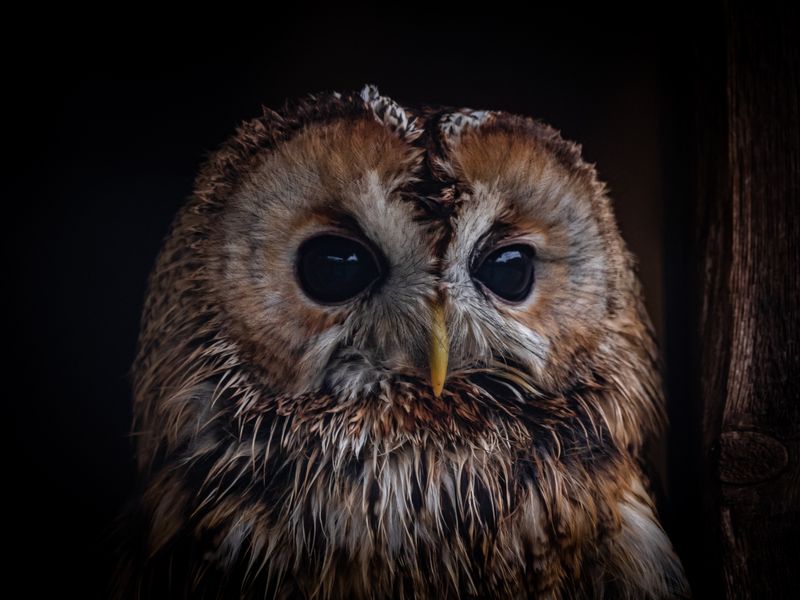
There’s something enchanting about the owl’s hoot echoing through a moonlit night. These mysterious calls have captured human imagination for centuries, often associated with the supernatural.
Their hoots aren’t just for show; they communicate territory, warning others to steer clear. It’s a language of the night, both haunting and beautiful, adding to the mystique of these incredible birds.
14. Adaptable Nesters
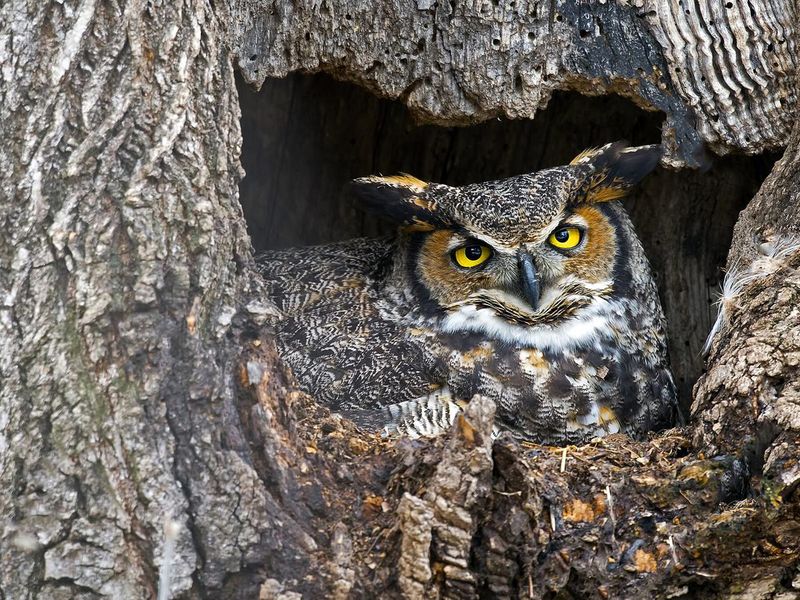
Owls are resourceful when it comes to nesting. They can make their home in tree hollows, barns, or even abandoned nests of other birds.
This adaptability ensures they can raise their young in a variety of environments. Imagine finding an owl family in your attic; it’s like nature moving in next door.
Their flexible nesting habits are yet another example of how these birds thrive in diverse conditions.
15. Symbol Of Wisdom

Owls have long been associated with wisdom and knowledge, a symbol perpetuated by ancient cultures and modern media alike.
With their attentive gaze and solemn demeanor, it’s easy to see why they are thought of as intellectuals of the bird world. It’s as if they hold the secrets of the universe in their unblinking stare.
Who wouldn’t want an owl as a study buddy, silently watching over your intellectual pursuits?

